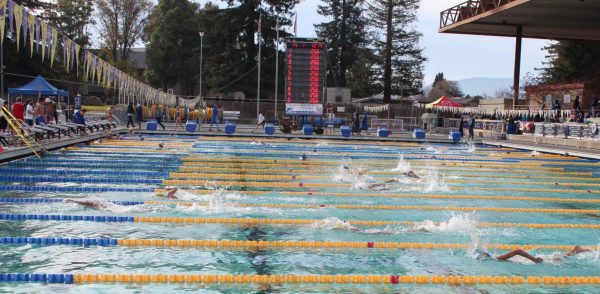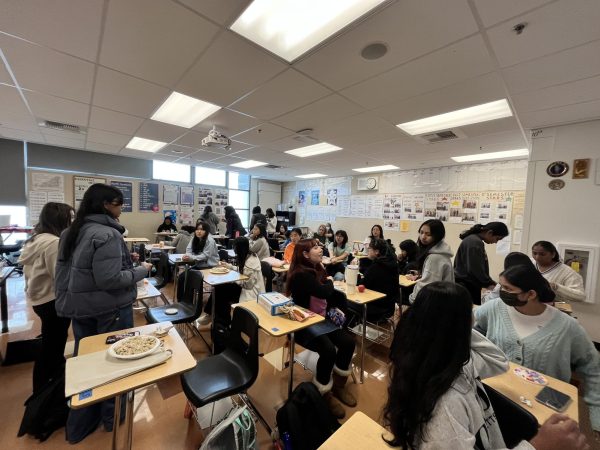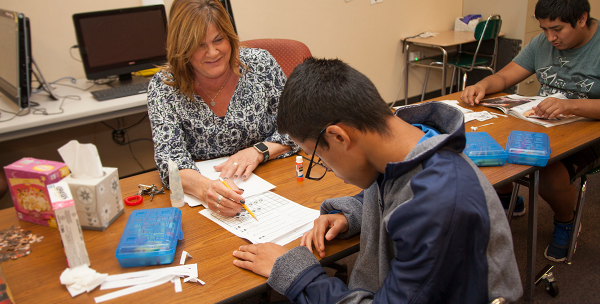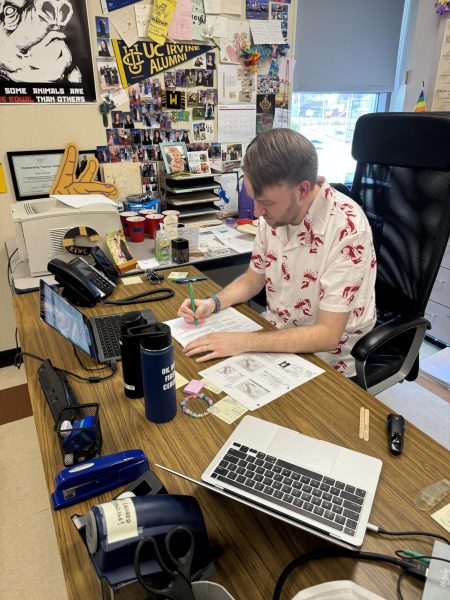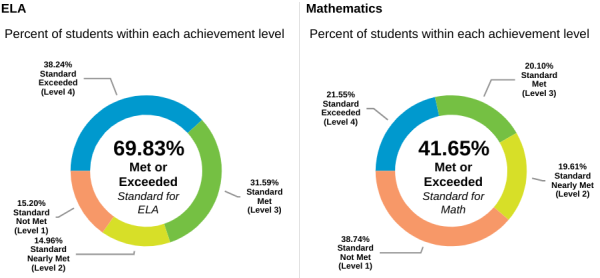The Cranium in Crisis
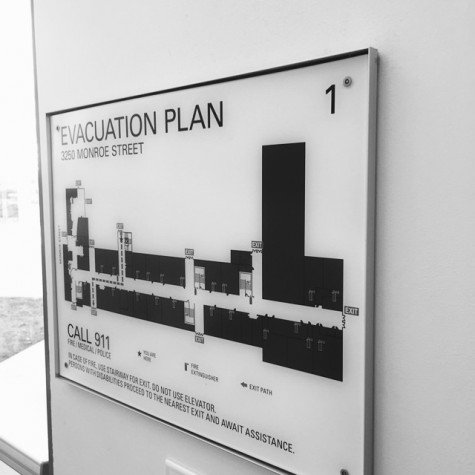
Evacuation plans for Wilcox are seen around campus.
Emergencies have become a normal occurrence in California, and many people find themselves wondering if they know what to do in such a situation. With school shootings, fires, and earthquakes, it is crucial to understand how to react in catastrophic situations of disaster. There are procedures in and around the Wilcox campus that are often ignored. However, should a disaster strike at 3250 Monroe Street, students must learn the procedures required to keep themselves and others safe in an emergency.
When asked if she would feel prepared in a disaster at school, Caroline Kloes says, “yes I do feel like I am prepared if there is a disaster because of all of the different drills we have practiced.” With routine earthquake drills, many students know to “drop, duck, and cover” immediately. However, after the initial shaking, many students no longer know what to do. According to Wilcox High School’s disaster plan, all people are supposed to hold their “cover” position. Additionally, everyone involved is to station under a steady piece of furniture and turn away from all windows and objects that may be falling. To further protect themselves, it advised to cover the back of one’s neck with a notebook, clothing, or other item to prevent harm. Once the ground stops shaking, and under the instruction of a teacher, classes may walk out to the practice football field. It is important to stay with the proper class until the teachers have taken attendance. Should an aftershock occur during the walk from a classroom to the practice field, all people must begin to crawl, and lower themselves to the ground.
Another widely practiced drill are fire drills. Many students have been practicing fire safety from a young age. However, with these practices being monthly in school, Kloes feels that “students usually do not take them seriously.” It is important for all students to treat drills as if they were a real situation. By doing so, everyone will know what to expect in a true disaster. As outlined in the Wilcox Disaster Plan, if a fire is noticed on campus, the first available person should sound a fire alarm. Upon the ringing, all students and staff should evacuate the buildings and proceed to their designated place on the evacuation plan. Each classroom on campus has an evacuation map inside, listed on the map is an assigned spot on the football practice field. Each class is to proceed to their locations in a swift, organized fashion. There, the advisor will take attendance and account for all students.
Other forms of emergencies, such as active shooters, do not receive as much practice as fires and earthquakes do in the school system. As reported by Every Town for Gun Safety, there have been 168 school shootings since 2013. This devastating statistic is hurting people of the population. With this increase in school shootings, students feel the need to prepare for a similar situation on their own campus. Should Wilcox be a victim of a school shooting, people are advised not to panic. There are three reactions to such a situation. “All individuals at Wilcox should make an attempt to run from the campus, lockdown, or defend themselves” This process is called “Run, Hide, Defend.” If a classroom is locked and an individual is locked out, the door will not be unlocked for said individual, instead they should run in the opposite direction than where gunshots are heard. For those inside the school buildings, it is advised to lock all doors, barricade any access points for a threat, cover doors and windows, and put out all lights. Then, everyone must move away from windows, out of the line of sight, and remain silent. If gunshots are heard, everyone must drop to the ground and lay completely still. If possible, hiding is also an option. If not, students are advised to defend themselves by being erratic in their motions, throwing objects to protect themselves and defending themselves in the best way possible. Lock downs are only released after an announcement is made by an authorized member of administration.
Emergencies are nerve wracking for everyone involved. Parents and guardians are only able to retrieve students after administration deems it safe. Additionally, if an emergency occurs during lunch, students are supposed to react as if they were in their third period class, meaning they report to their third period locations on the field in a fire or earthquake. By being prepared and informed, we can cut down on the amount of panic and anxiety surrounding disasters.


